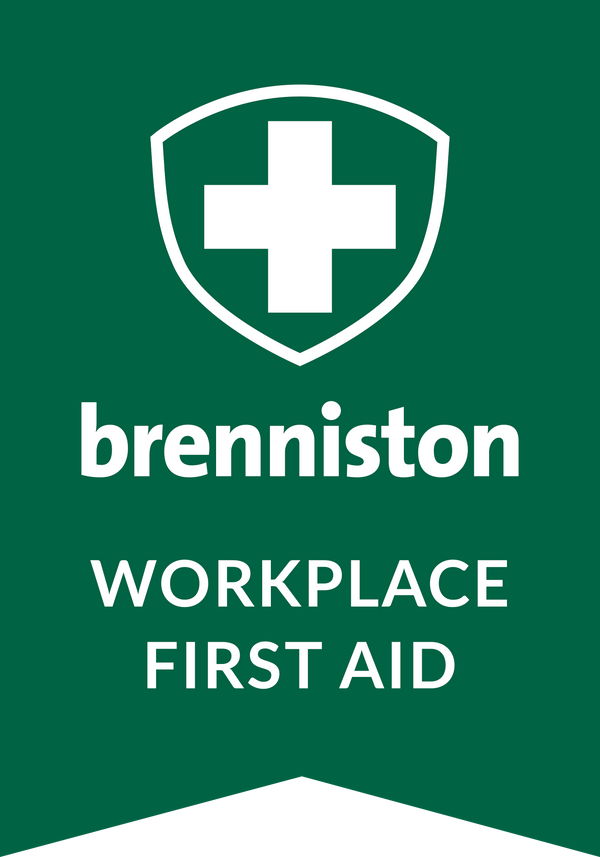New national workplace safety strategy
Share

A new 10-year national strategy with the goal of reducing workplace fatalities, injuries and illnesses, has been released by Safe Work Australia.
The Australian Work Health and Safety Strategy 2023-2033 sets an ambitious national vision to improve workplace health and safety (WHS) for all Australian workers over the next decade.
While data shows that fatal and serious injuries at work have declined over the last 10 years, Australian workers are still getting sick and injured - sometimes fatally - in their workplace.
Too many workplace fatalities
In 2021, 169 workers were fatally injured at work. Over 130,000 workers’ compensation claims were accepted for serious work-related injury or illness.
Vehicle incidents, being hit by moving objects and falls from heights account for the most fatalities.
Body stressing causing musculoskeletal conditions, falls, slips and trips, and being hit by moving objects, were the cause of most workplace injuries.
Enabling safe and healthy work for all
The new strategy will be enabled by:
- Embedding good WHS practices in all work, across all industries, cohorts and hazards
- Collaborating consistently and effectively to respond to WHS challenges
- Innovating and deepening knowledge of WHS risks to broaden understanding
Measurable workplace safety targets
The strategy has set targets to measure progress towards the national goal, including:
- a 30 percent reduction in worker fatalities caused by traumatic injuries
- a 15 percent reduction in the frequency rate of claims resulting in permanent impairment
- an increased awareness of PCBUs about their duty to protect workers from exposure to harmful substances
Actioning the strategy
The strategy identifies five actions that will contribute to the success of Australia's WHS system:
1. Information and awareness2. National coordination
3. Data and intelligence gathering
4. Health and safety leadership
5. Compliance and enforcement
To quote the strategy: “We need ongoing the dedication and commitment of all stakeholders — governments, persons conducting a business or undertaking (PCBUs), workers, industry, unions and WHS practitioners—to continue to ensure that workers return home safely.”
It was developed under Safe Work Australia’s tripartite governance processes (being governments, employers and workers) in consultation with more than 150 stakeholders and has been agreed to across the Commonwealth, state and territory governments.
It represents a national commitment to work together to make every workplace safer.
